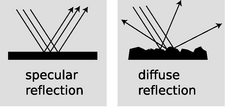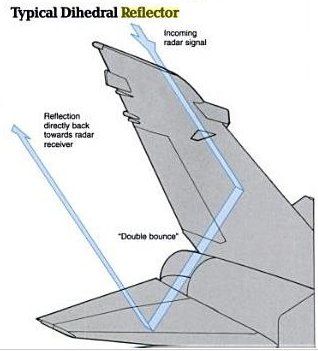Hongwu, ptldM3, and Martian2
I wouldn't call the PAK-FA a disappointment just yet. In fact, I would warn against underestimating the capabilities of Russian fighter design teams. We have to remember that China's military aircraft industry is built on the foundation of Soviet technical expertise. The Mikoyan and Yak design bureaus basically trained the founding engineering teams at SAC, CAC, and XAC.
We know that the Pak-Fa will outclass just about any 4.5 Gen fighter by a substantial margin. The best 4.5 Gen fighter (Eurofighter) has a clean configuration RCS of about 1m^2, loaded with weapons, it would have a much larger RCS. A fully loaded Pak-FA, if we take the words of news reporters as gospel, would have an RCS of only 0.5 m^2.
With that said, I don't think a direct aircraft to aircraft comparison between the J-20 and the PAK-FA is very useful. It is way more instructive, imho, to understand the role that each aircraft intends to play in the overall operational doctrine. It might well be that Pak-FA is less stealthy than the J-20. But the real question to ask is why that design choice was made? It would be very foolish for us to assume that the Russians didn't do it because they couldn't.
Stealth comes with a cost. Extreme levels of stealth drastically increases the cost per aircraft. The ultra-stealthy skin on an F-22 takes 30 hours of maintenance effort to sustain 1 hour of flight time. If the J-20 is shooting for F-22 levels of stealth, I suspect that similar problems would be encountered.
If the Pak-FA is indeed less stealthy, it might also be cheaper to produce, cheaper to maintain. It might have a MUCH higher level of operational readiness than the J-20. It will likely have superior engines. It might even have superior avionics.
The point here is that in a real shooting war, stealth is not the only factor to consider.















